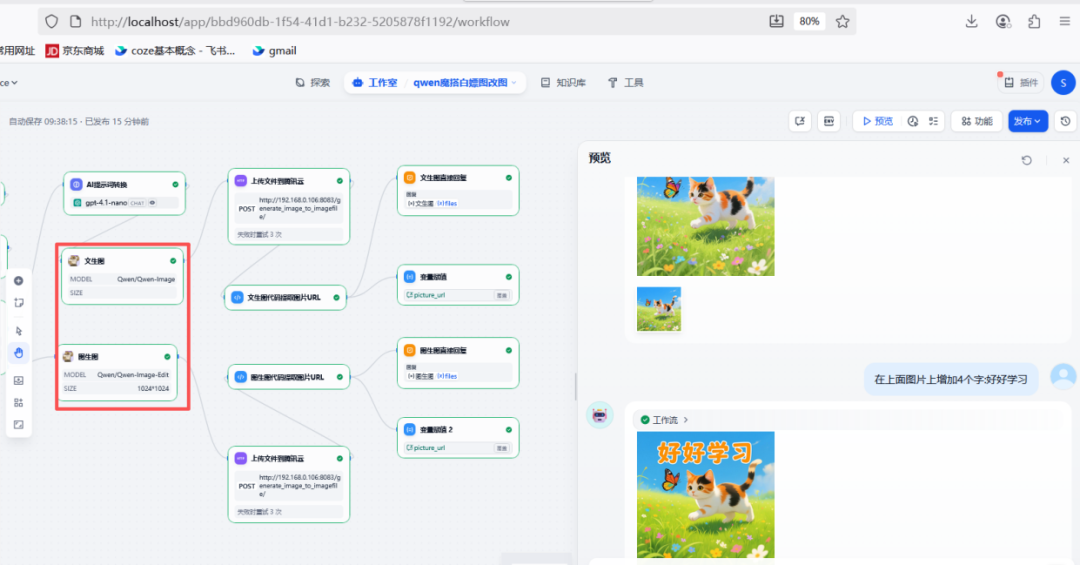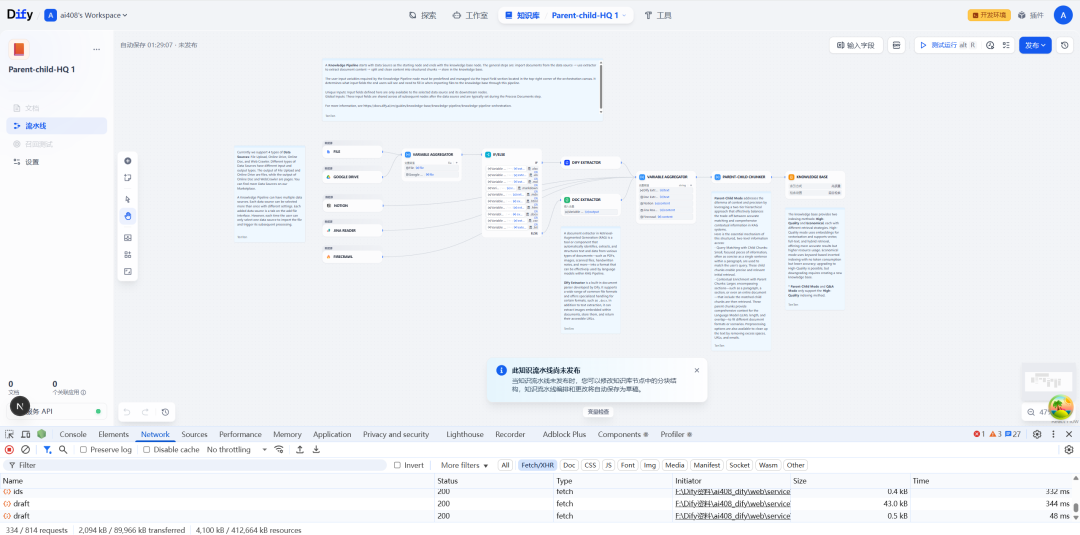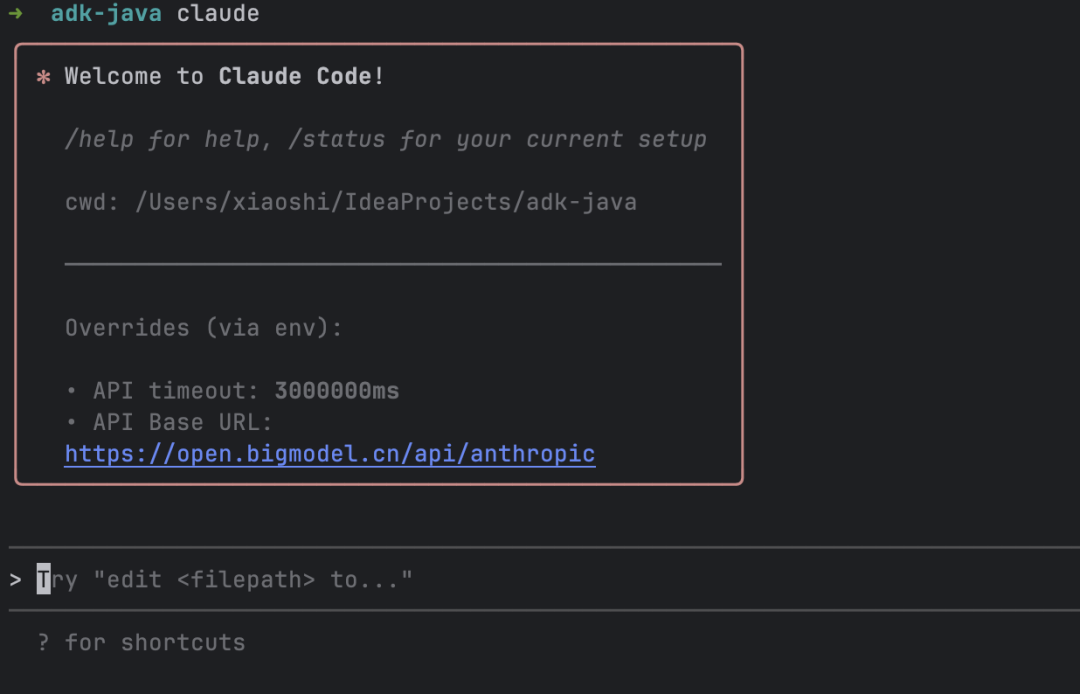MIRIX utilizes an innovative six-dimensional memory system, where each memory type has its own role and works closely together:
| Type of memory | Functional Description | cooperative interaction |
|---|---|---|
| core memory | Storing basic screen activity logs and personal preferences | Provide raw data and access interfaces to other memories |
| situational memory | Record contextual information such as time and environment when the operation occurs | Helps establish timing correlations between operations |
| semantic memory | Extract and analyze content for themes, concepts, and other cognitive elements | Realizing intelligent concept-based search |
| program memory | Steps and processes for storing repetitive operations | Support for workflow automation and optimization |
| resource memory | Managing the location and properties of specific resources such as files, links, etc. | Solving the 'where to put things' problem |
| repository | Integration of external common knowledge bases and domain-specific information | Enhance depth and breadth of understanding of issues |
When a user makes a query, these memory systems respond collaboratively according to a specific strategy. For example, for the query 'what was in the machine learning paper read last week about gradient descent', situational memory first locates the time range, semantic memory matches the topic concept, resource memory looks for the location of a specific file, and the knowledge base may provide a complementary explanation of gradient descent. This three-dimensional memory structure allows MIRIX to provide a far superior information retrieval experience to unidimensional memory systems.
This answer comes from the articleMIRIX: A Multi-Intelligent Personal Assistant for Intelligent Tracking of Screen ActivityThe

































